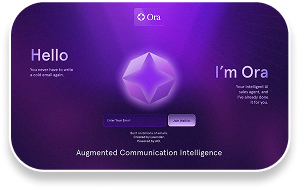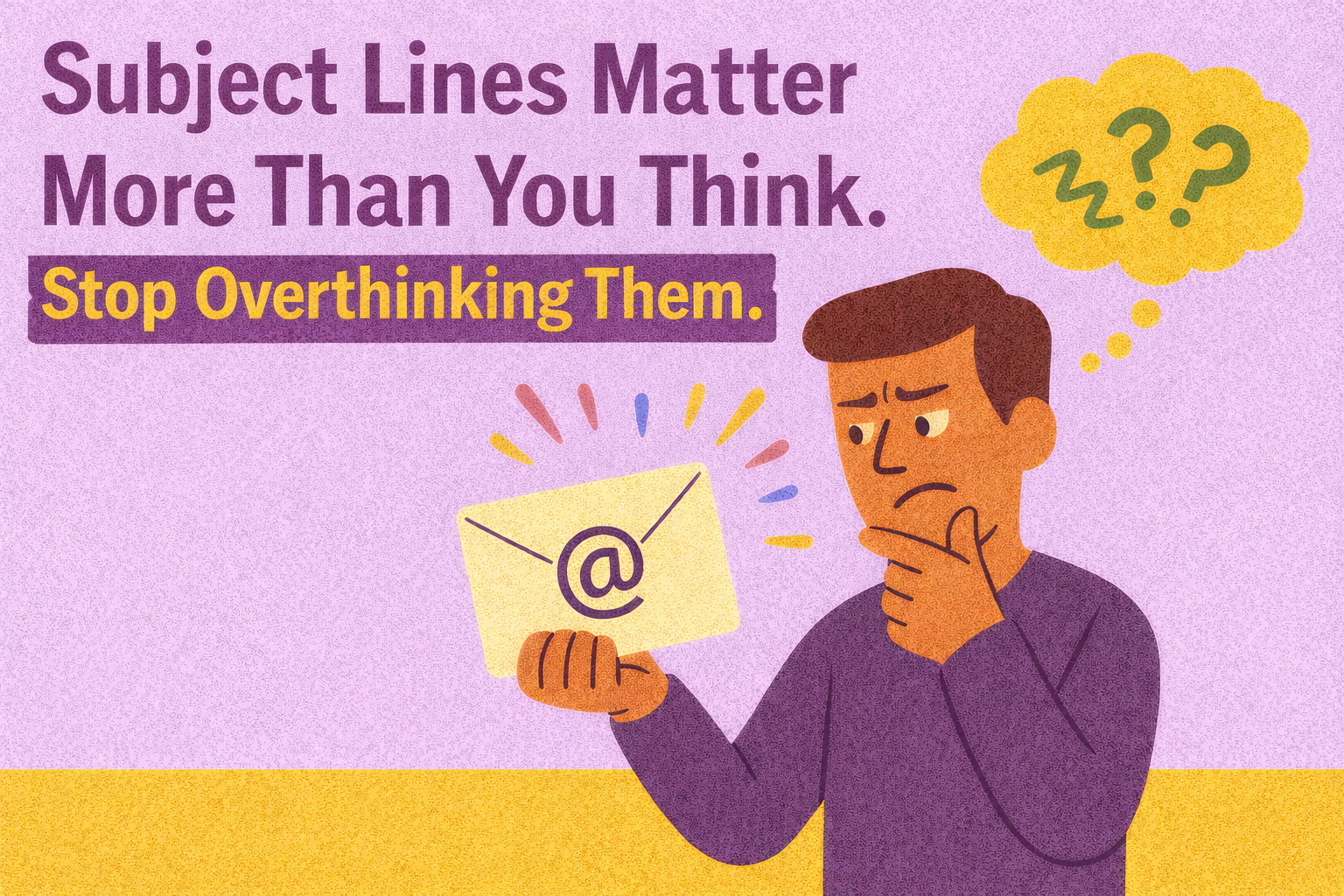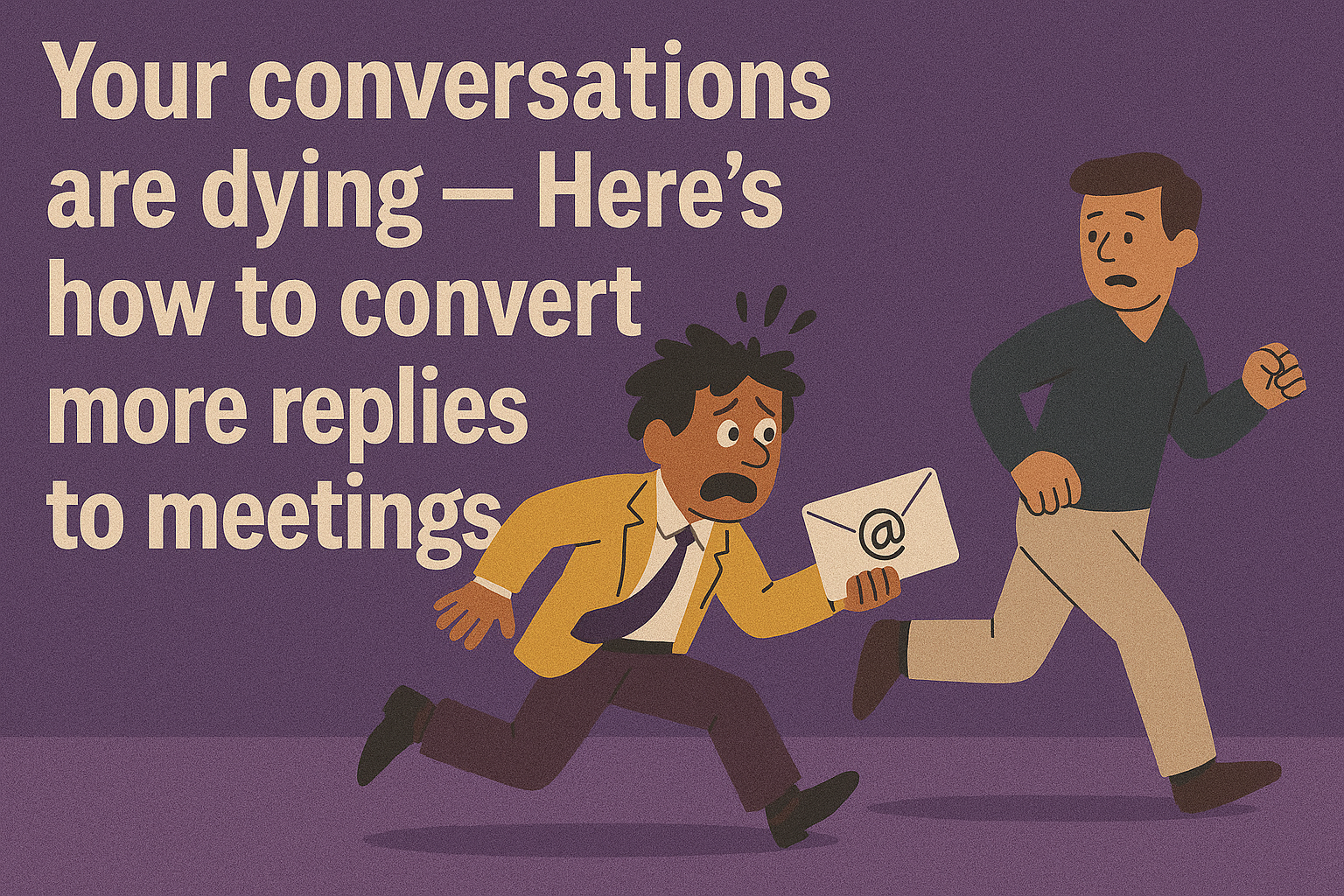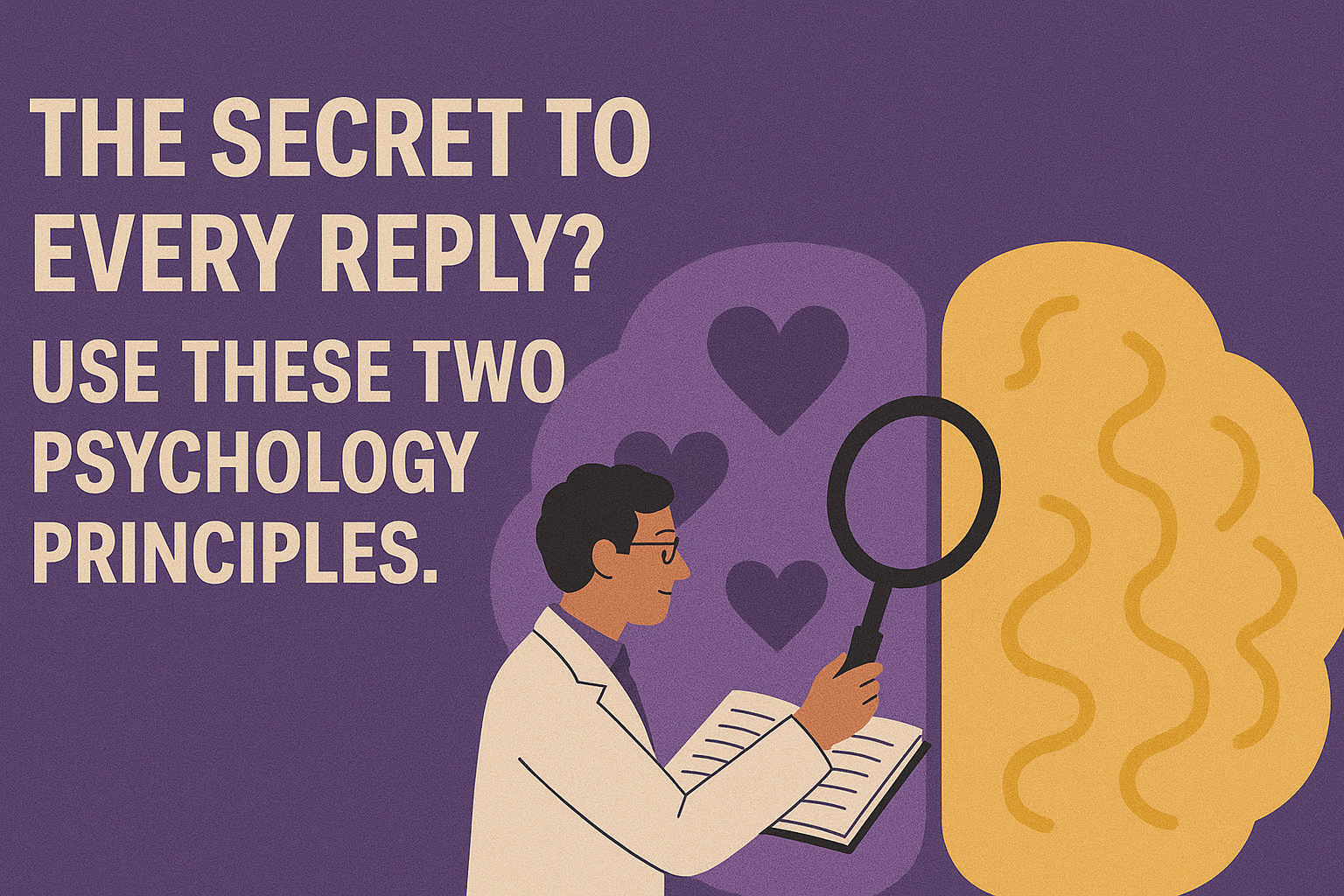Unsure Tones Get More Replies
If you're unsure of what tone is best to use in email, you're already on track. Our data shows the tentative tones lead to high reply rates.

When we first started building Lavender, our expectation probably aligned with yours.We thought "unsure" (aka tentative) tones were going to be a bad thing for sellers. In sales, you're taught to be confident. You're taught to avoid creating doubt.Turns out... uncertainty works in cold emails.

Note: By the time you've written five unsure sentences, your reply rates are likely getting hurt by length or clarity.
What makes for an unsure tone? Tentativeness, a level of uncertainty, or doubt.
We've built models to measure this in your writing.
Here are some examples of how to create an unsure tone:
- Ask questions
- Use language that implies questions. ex: "Let me know if you'd like more information."
- Use hedge words
- Use passive language and conditionals
Later, we provide some more context on how to implement these tones in your cold emails. First, it's important to understand why these tones are working.
It feels counterintuitive. To get to the bottom of it, let's put ourselves in the buyer's shoes.
Your buyer is sitting at their computer. Cranking away on email, and an inbound message comes in. They decide to open it.
Hi Will,
As you know, digital buyers are becoming....
You already know this message is a "marketing" email. It runs right up against your mental spam filter. It's what you might picture when you picture a "sales-y" email.
Now... is this an extreme example?
Absolutely, but we see sellers create this exact feeling in more subtle ways. It happens when we assume we know the buyer's problems.
Your buyer wants to be understood, but they also want to be heard. They live in these problems daily. When you show up and just talk at a prospect about their problems, they don't absorb it like you think they would.
Even if you're right, they're inclined to say, "who are you to tell me anything."
This is especially true when sellers are personalizing their emails. They'll state their observation. Then sellers:
- start talking at the prospect about what they do
- try to educate the buyer about a problem
- get too assumptive about problems the buyer faces
All of these are examples of talking at the buyer. The buyer shuts down and retreats. They're no longer a buyer.
The average reading time per email is 11 seconds.
You have to keep them engaged, and it turns out tonality is a big part of that.
Unsure tones keep readers from tuning out. Even if you "know" something, buyers are more receptive when you write as if you could be wrong.
ex. "I saw you might be hiring. I could be wrong, but are you starting to think about ramp?"
In this example, a hedge word (might) helps create uncertainty around an observation. Then they're invited to correct the writer as the narrative moves into an assumption around their problems (I could be wrong).
Here are a couple critical points in a cold email where you can introduce unsure tones:
1) Insights you derive from personalization
When you make an observation. When you personalize. The next step should be to to tie that observation into relevance. This means you're looking to see if they have a problem.
You can approach this in a wrong way and in a right way.
❌ Educational Approach:
I saw you're hiring. According to {blog}, X% of new sales hires don't hit quota.
❌ Neutral Approach:
I saw you're hiring. You must be starting to think about ramp.
✅ Unsure Approach:
Looks like you're hiring. Typically, this means sales leaders are starting to think about ramp.
In this unsure example, hedge words create uncertainty. A word like "typically" might seem like fluff, but it sets the stage for an "unassuming assumption."
The phrases "looks like" and "are starting to" are also softened phrases.
"Looks like" could have easily been "I saw."
"Are starting to" could have easily been "are thinking."
2) CTAs
A conversation on CTAs could go down a few rabbit holes.
The first is the assumption that they want to find time with you. Asking for time or dropping your calendar link is aggressively assumptive in a cold email.
The second is muddying your ask. Here's an example:
"Worth a chat about how we can improve you reply rates?"
You muddy the ask by sneaking in a benefit statement. Let the uncertainty shine. You diminish the ask by mixing in informative tones.
Say "Worth a chat?" instead.
The last rabbit hole on CTAs is more interesting.
Cold emails with 0 questions and 1 question get similar, optimal, reply rates. Responses drop when you add multiple questions.
Zero question emails get replies because of unsure tones. An easy way to do this? Use a conditional statement.
e.g. "If that sounds interesting, let's connect."
The "if" phrase creates an out, which allows the ask to be a soft-command.







